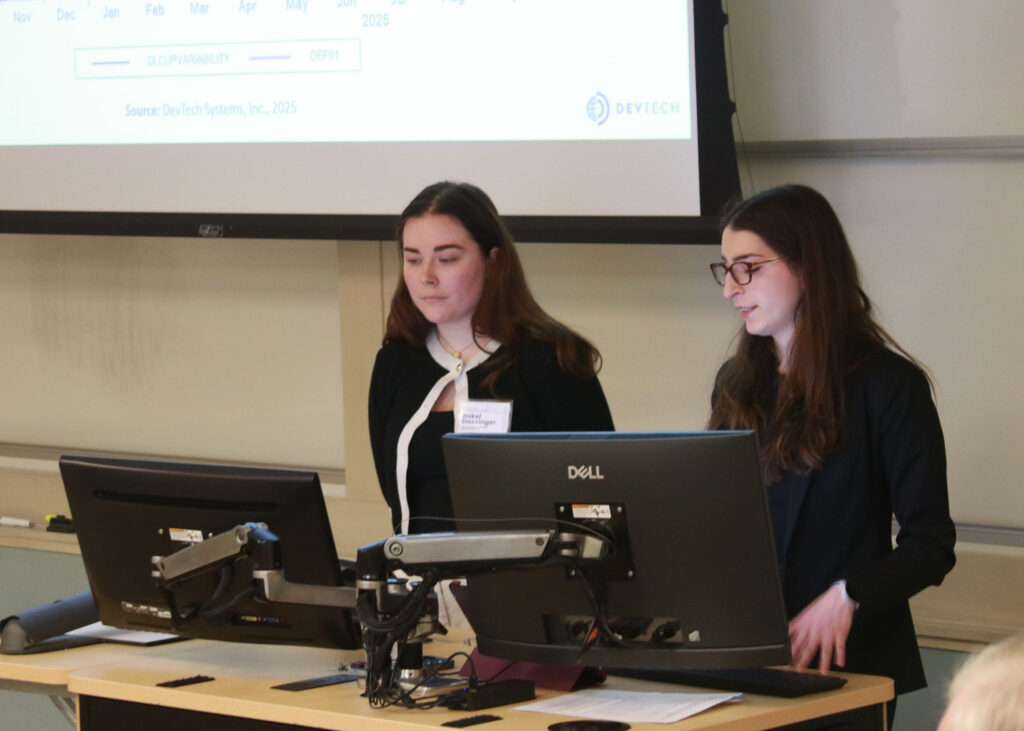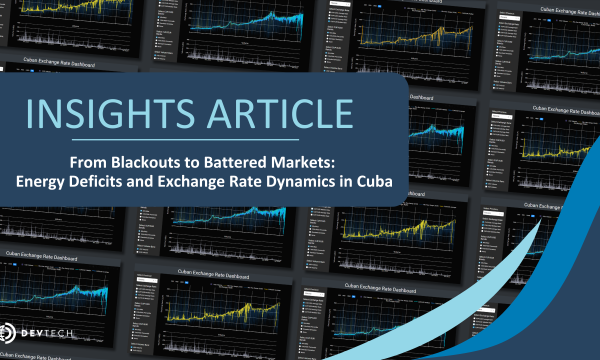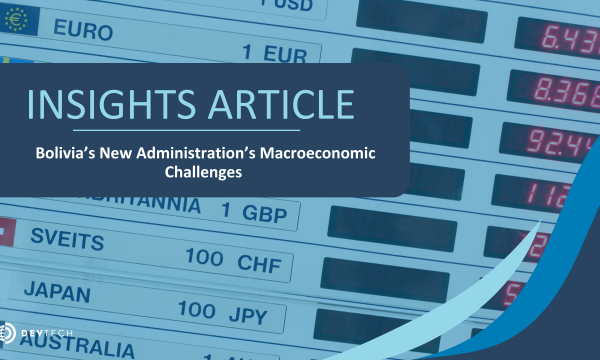Introduction
Cuba’s economy is characterized by a tightly controlled exchange rate regime, a largely state-owned energy sector, and long-standing challenges in meeting electricity demand. The country operates with an official exchange rate of 24 Cuban Pesos (CUP) per U.S. Dollar (USD) for the state sector under exchange rate controls that lead to an informal foreign exchange (FX) market. The informal market fills the gaps in dollar access for private transactions, a system that imposes distortions and incentives for arbitrage (Mesa-Lago 2021). Simultaneously, Cuba’s electricity infrastructure is under severe stress, with frequent blackouts, fuel shortages, aging thermal plants, and a reported deficit of over 1,600–1,700 megawatts during peak hours, at times exceeding 2,000 MW in recent months (CiberCuba 2025; Torres 2025). A nationwide electricity deficit of approximately 2,000 megawatts (MW) in Cuba represents a critical collapse of the island’s power system, with direct implications for widespread, long-duration blackouts. At peak hours, Cuba’s electricity demand is estimated at roughly 3,300 MW. This gap means that more than half of national demand goes unmet, forcing grid operators to implement massive load shedding that interrupts power supply across most of the country. In practice, this translates into unpredictable and prolonged outages, with reports of communities enduring over twenty hours without electricity in a single day (Cibercuba 2025). Notably, electricity interruptions are not evenly distributed across the country. Havana, as the administrative and economic center, is often prioritized in the allocation of limited generation capacity, resulting in fewer blackouts compared to other provinces. In contrast, municipalities in the interior experience more frequent and prolonged outages, reflecting geographic inequities in energy access and state resource management (France 24 2025; OnCuba News 2023). Such persistent energy deficits impose real economic costs, affecting households, commerce, and basic supply chains.
This research emerged from the observation of two unique, high-frequency datasets collected by DevTech Systems, Inc. (DevTech): daily records of Cuba’s informal exchange rate and national energy deficits. Observation of records revealed that major blackouts appeared to coincide with sharp peso fluctuations, leading to the question: could disruptions in the power grid be influencing exchange rate volatility?
On the night of Friday, March 14, 2025, at around 8:15 p.m. (Cuba Daylight Time), Cuba’s national grid began to fail. Streetlights along Havana’s Malecón flickered and went dark before the entire capital plunged into blackout. Within the hour, reports under #ApagónGeneral described outages across nearly every province. The Cuban Electric Union (UNE) later confirmed a cascading failure at the Diezmero substation that triggered a collapse of the western transmission network. Officials described it as “a chain reaction of voltage instability,” while independent analysts cited years of underinvestment, deferred maintenance, and fuel shortages as the system’s root weaknesses (AP News, 2025; Reuters, 2025). The blackout lasted over 36 hours; the fourth nationwide outage in six months (Mercopress, 2025). With multiple thermal plants offline and seventy-three distributed units idle for lack of diesel, the grid had no reserve capacity to recover (CiberCuba, 2025). Daily life came to a standstill: water pumps failed, food spoiled, and mobile networks faltered. “There isn’t a drop of water, and the food is starting to spoil,” one Havana resident wrote (CiberCuba, 2025). Another warned, “At any moment the people themselves will light up the streets,” expressing frustration (CiberCuba, 2025). Images of dark neighborhoods contrasted sharply with the bright tourist hotels powered by private generators. “Those who have money or relatives abroad have generators,” another post complained, highlighting widening inequality (CiberCuba, 2025). Official communication was minimal; President Miguel Díaz-Canel later thanked citizens “for their understanding during these uncertain and troubling times” (Cuba Headlines, 2025). Power gradually returned by March 16, though western regions remained offline for another day (Reuters, 2025). The blackout hit during Cuba’s high tourist season, disrupting hotels, transport, and digital payment systems. Economists reported volatility in the Cuban peso following the outage, describing it as a “national stress test” that exposed the convergence of fuel scarcity, grid fragility, and monetary instability in an already strained economy. (Mercopress, 2025).
This paper investigates whether peaks in energy deficits contribute meaningfully to volatility in Cuba’s informal exchange rate. In other words, when electricity blackouts intensify, does the peso become more volatile? This is more than anecdotal conjecture: energy disruptions may curtail tradable-sector activity, reduce export earnings, and force reliance on FX-priced emergency measures, each of which can exert pressure on an already fragile currency regime.
We hypothesize that significant peaks in the energy deficit act as a key driver of exchange rate volatility in Cuba’s informal FX market. To test this, we leverage DevTech’s proprietary high-frequency data, which continuously harvests public posts and news reports across Cuba’s provinces to construct daily indicators of the national energy deficit and parallel market exchange rates. This novel dataset enables us to empirically evaluate a relationship that to date has remained largely anecdotal in the Cuban context.
This paper makes several key contributions to the literature on macroeconomic instability and energy-driven shocks in severely constrained economies. First, it provides one of the first empirical analyses of volatility transmission in Cuba’s informal exchange rate, using high-frequency, real-time data derived from digital market signals, an innovative approach given the scarcity of official statistics. Second, by integrating energy deficit indicators with econometric models of conditional volatility (GARCH), the study extends existing frameworks on macro-financial linkages to a context characterized by information scarcity and state-controlled markets. Third, the paper documents structural breaks and regime shift in exchange rate behavior following major power outages, offering new evidence that energy insecurity can act as a sustained driver of financial instability even outside formal market systems. Together, these contributions advance understanding of how infrastructure shocks propagate through informal financial channels, providing a methodological template for volatility analysis in similarly data-limited economies.
The structure of the paper is as follows. In Section 2, we present relevant theoretical and empirical literature, outlining the mechanisms linking energy shortages and FX volatility. Section 3 offers comparative case studies, and frames lessons for Cuba. Section 4 describes the Cuban evidence and key data patterns. In Section 5, we detail the econometric strategy and methods. Section 6 presents the results, and Section 7 discusses implications and limitations as well as concluding the paper with broader reflections and directions for further research.

To read more, see the full paper:










